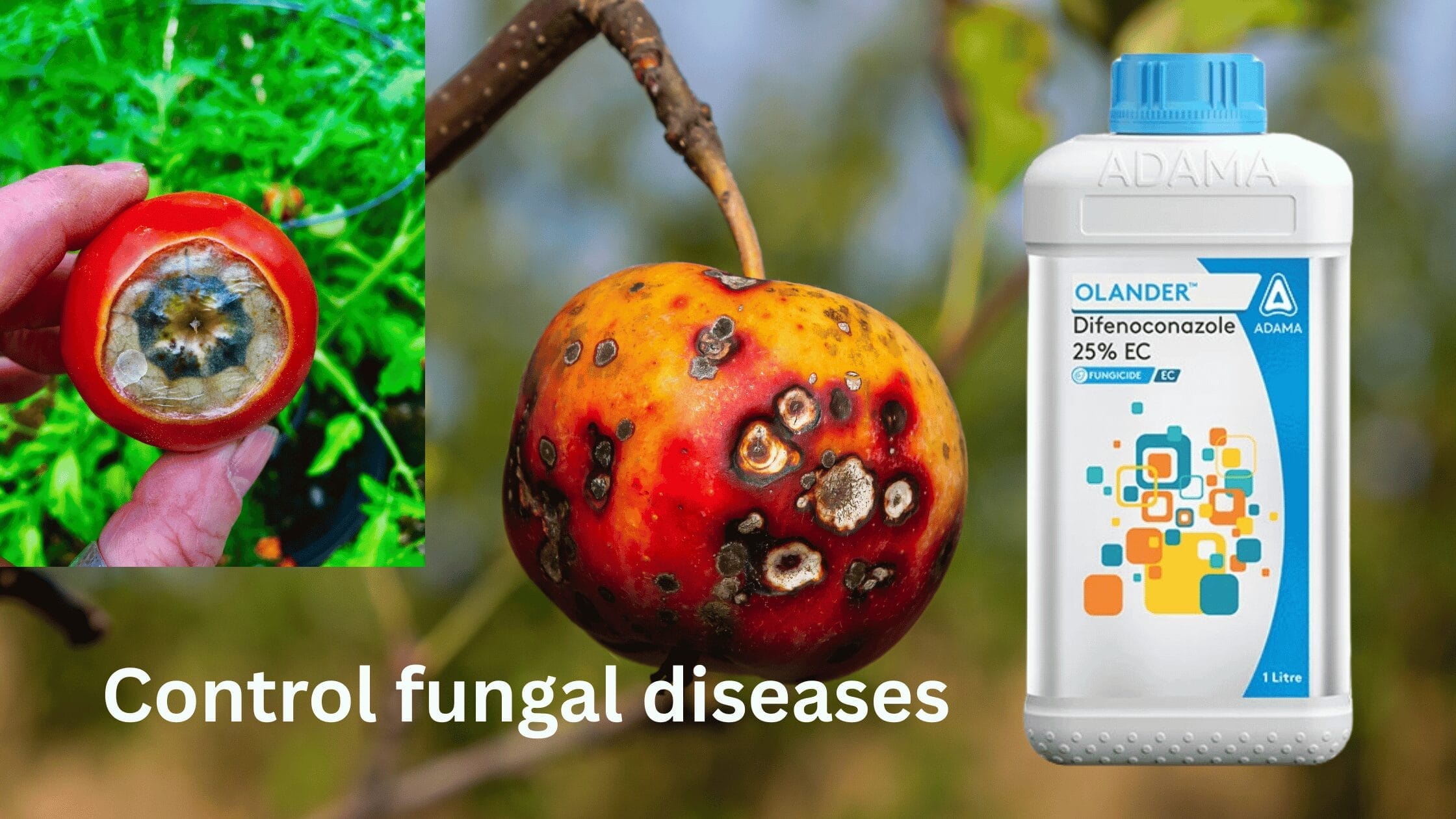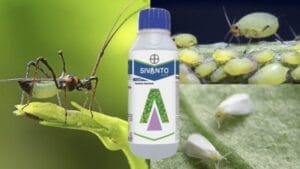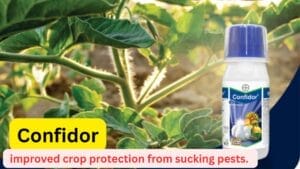No products in the cart.
Olander Fungicide – Novel Fungicide Protecting Yield and Crop Quality.
In the modern era of farming, protecting crops against fungal diseases is vital for maximising yield and ensuring superior crop quality. Among the latest innovations in plant protection, Olander Fungicide stands out as a novel, broad-spectrum solution for farmers and agronomists. Designed to safeguard a wide range of crops, it ensures healthier plants, higher productivity, and premium produce. This blog explores its features, benefits, usage guidelines, and how it compares to other fungicides on the market.
What Is Olander Fungicide?
Olander is a new-generation systemic fungicide developed for curative and preventive control of various fungal diseases. It works through dual modes of action, combining translaminar and systemic properties, which allow the active ingredients to penetrate the plant surface and provide long-lasting protection from within.
Formulated with scientifically advanced chemistry, Olander is particularly effective against leaf spots, powdery mildew, rust, and other yield-damaging diseases. It supports plant health, boosts photosynthesis, and ultimately enhances both the quality and quantity of produce.
Chemical Composition
Difenoconazole 25% EC
Key Benefits of Using it
- Broad-Spectrum Disease Control: Effective against major fungal pathogens across multiple crop types.
- Curative and Preventive Action: Stops fungal infections in early stages and prevents new infestations.
- Improves Crop Vigour: Supports better nutrient uptake and enhances plant metabolism.
- Residue Management: Low residue levels, making it safe for consumption when applied as per guidelines.
- Extended Protection: Long residual activity reduces the frequency of application.
- Compatible with IPM Programs: Works well in Integrated Pest Management systems.
- Resistance Management: Multi-site action helps delay the development of fungicide resistance.
Targeted Crops for it
Olander can be safely and effectively used on a wide variety of crops, including:
- Vegetables: Tomato, Brinjal, Chilli, Onion, Cabbage, Cauliflower
- Fruits: Grapes, Apple, Banana, Pomegranate, Citrus
- Cereals: Wheat, Rice, Maize
- Oilseeds: Soybean, Groundnut, Mustard
- Pulses: Chickpea, Pigeonpea, Lentils
- Cash Crops: Cotton, Sugarcane
Diseases Controlled by Olander Fungicide
It has proven efficacy against the following common fungal diseases:
| Disease Type | Specific Diseases Controlled |
|---|---|
| Leaf Diseases | Early & Late Blight, Sheath Blight, Leaf Spot, Alternaria |
| Rusts | Yellow Rust, Brown Rust, Soybean Rust |
| Mildews | Powdery Mildew, Downy Mildew |
| Wilts & Rots | Fusarium Wilt, Root Rot |
| Anthracnose | Especially in fruit crops |
| Scab & Canker | Apple Scab, Citrus Canker (fungal cause) |
Recommended Dose and Application Method
| Crop | Dosage (per litre of water) | Application Stage |
|---|---|---|
| Vegetables | 1.5 – 2.0 ml | At first sign of disease |
| Fruits | 1.5 – 2.5 ml | Pre-flowering and fruiting |
| Cereals | 1.0 – 1.5 ml | Booting to heading stage |
| Pulses | 1.0 – 2.0 ml | Flowering to pod formation |
| Cotton | 2.0 – 2.5 ml | Early vegetative & boll stage |
Application Tips:
- Spray during early morning or late afternoon.
- Ensure complete coverage of leaves and stems.
- Do not spray before rainfall or irrigation.
Alternate Fungicides Similar to Olander
If it is unavailable or you’re exploring rotational products to manage resistance, here are similar alternatives:
| Brand Name | Active Ingredient | Mode of Action |
|---|---|---|
| Score | Difenoconazole | Systemic Triazole |
| Amistar Top | Azoxystrobin + Difenoconazole | Strobilurin + Triazole |
| Tilt | Propiconazole | Triazole |
| Cabrio Top | Pyraclostrobin + Metiram | Contact + Systemic Action |
| Indofil Z-78 | Mancozeb | Contact Protectant |
Note: Always rotate fungicides with different modes of action to prevent resistance buildup in pathogens.
Frequently Asked Questions (FAQs)
Q1. Is Olander safe for organic farming?
No. it is a synthetic fungicide and is not approved for organic agriculture. Organic-certified products should be used instead.
Q2. Can I tank-mix Olander with other agrochemicals?
Yes, it is compatible with many insecticides and foliar fertilisers. However, always perform a jar test before mixing.
Q3. What is the PHI (Pre-Harvest Interval) of it?
Typically, 7 to 14 days, depending on the crop. Refer to the label instructions for specific guidance.
Q4. Is it rainfast after application?
Yes. Olander becomes rainfast within 2–4 hours of application under normal conditions.
Q5. Can it be used for seed treatment?
No, Olander is not recommended for seed treatment. It is designed for foliar application only.
Final Thoughts: Why it is a Smart Choice for Modern Farmers
Olander Fungicide represents a breakthrough in broad-spectrum disease management. With its dual action, excellent residual effect, and compatibility across crops, it ensures peace of mind for farmers battling increasing pest and disease pressure. Its ability to protect crop yield and quality makes it a valuable tool in modern farming practices.
Whether you’re growing vegetables for local markets or cultivating export-grade fruits, Olander helps reduce crop losses, enhance profitability, and maintain the integrity of your harvest.
Choose Olander—because protecting your crops is protecting your income.

Top-rated fungicide that you can keep when other fungicides are not working.










Add comment